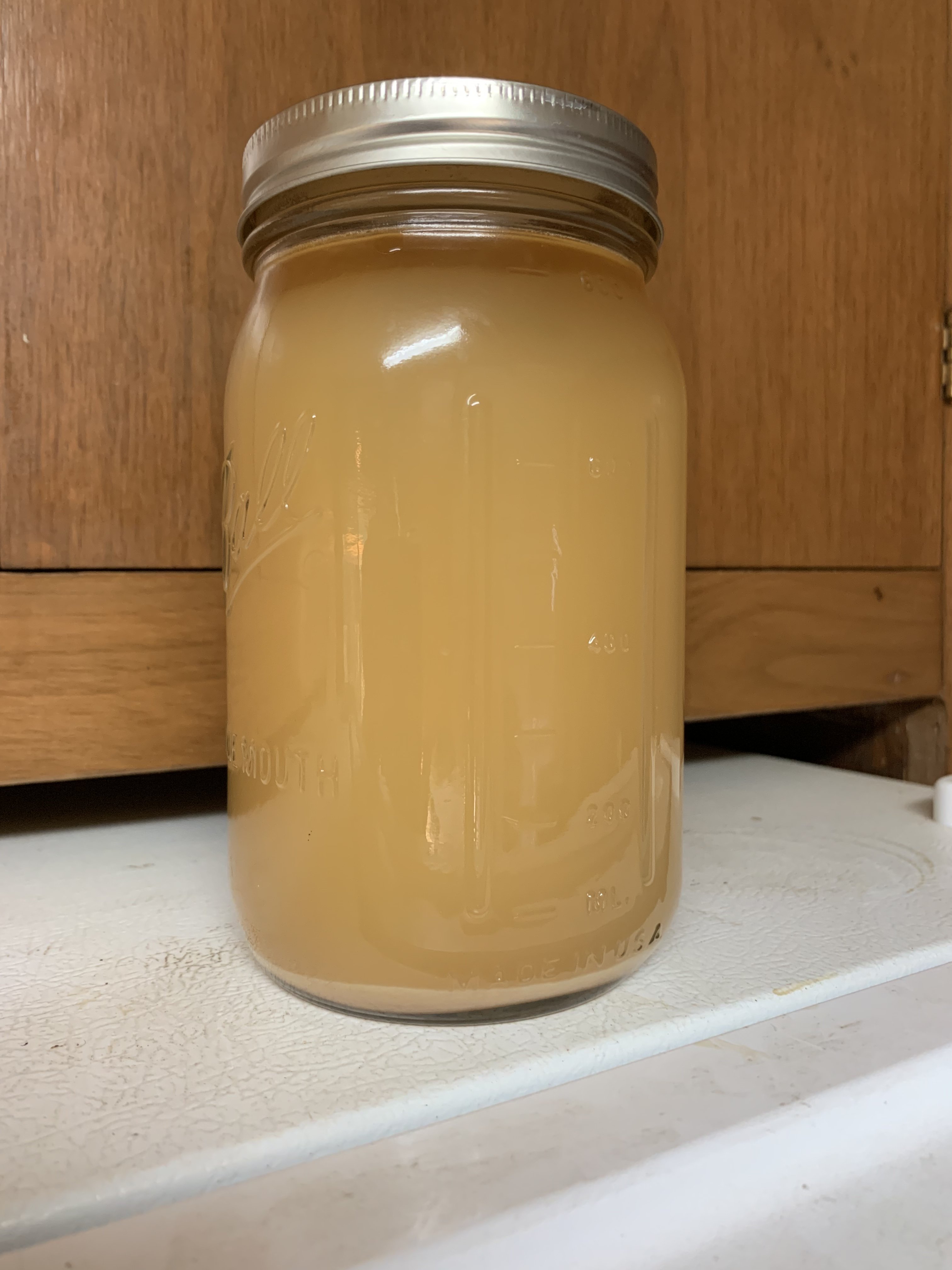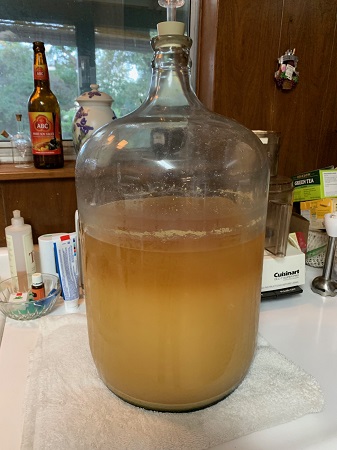1) The high alcohol is detrimental for the strucure and functions of yeast cells and thus the high abv bottles tend to have less viable yeast cells.
2) High abv causes a stress response in yeast and even the viable cells may be less prepared to grow compared to same cells in low abv bottle. Thus, there may be a longer lag time starting with the material from high abv bottle. This will increase the chance that something else than brewing yeast will start growing in the culture. This is especially the case when the cell count is low as is usually the case when you start from bottle dregs.
3) High abv conditions tend to induce so called
petite (respiratory deficient) mutants that lack part of mitochonrial DNA and have altered capability to harvest available energy resources. This type of mutations are one of the reasons why brewer's yeast can not be recycled forever (the character of the beer starts drifting away eventually). When you start from high abv bottles, the rate of petite mutants tends to be higher and it also tends to increase later (especially if you brew high abv). So by starting from low alcohol brew you get the freshest, highest quality material.
4) High abv will put selective pressure on yeast and the variants/mutants that grow readily under these conditons will be enriched, changing the nature of the population. This change may not always be the best in terms of taste & other fermentation characteristics.
5) High abv beers may have longer conditioning times, during which viable cell counts may decrease. Sometimes these beers also have higher IBUs and more hops, which may be suboptimal for yeast health (although high abv & high hops may also inhibit the growth of unwanted microbia).
That being said, if high abv beer is the only source that you have, you could use that. It will probably work (if there are viable cells) and there is a good chance that you will end up with most delicious beer. But in theory, low abv will yield a better quality yeast.




